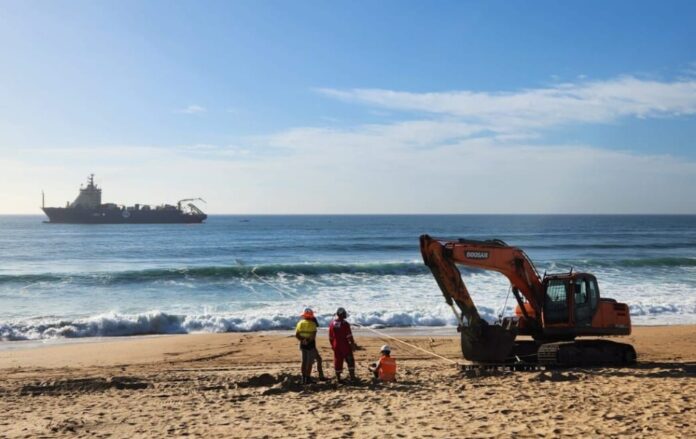Operation Ocean Clean Up
Nokia’s private wireless has been mentioned in despatches in the war on plastic dumping, which is responsible for 80% of the marine pollution of the seas that cover 71% of the world. Nokia is to lend its intelligence gathering skills and networking hardware to orchestrate The Operation Ocean Cleanup’s plastic harvesting assault on what’s been dubbed as the Great Pacific Garbage Patch.
Nokia will offer private wireless connections, network edge equipment and analytics for The Ocean Cleanup, the international non-profit project working to develop and scale technologies to rid the world’s oceans of plastic. Nokia will play a major role through the use of its subsea optical fibre networks, inventions such as acoustic sensing technology, remote environmental monitoring or private wireless. Nokia’s DAC (digital automation cloud), private wireless network and edge computing will ensure reliable, cost-effective voice and data communication between the two ships involved in the clean-up operation. By creating secure coverage on the open seas it is enabling video and analytics, improving worker safety and improving visibility in the search for target clean-up areas.
The collaboration is in line with Nokia’s enhanced Environmental, Social and Governance (ESG) strategy and a long standing commitment to minimising environmental impacts. The Finnish equipment vendor was recently recognised by environmental lobby group Ethisphere as one most ethical companies in the world, one of only two from the telecoms industry. According to UNESCO, up to 10 million metric tons of plastic end up in the ocean every year.
Nokia and MCS, which distributes the Nokia Digital Automation Cloud (DAC), are already running the first Nokia DAC private wireless system for The Ocean Cleanup’s operations in the North Pacific. More systems will be deployed as necessary. Nokia DAC is a high-performance, end-to-end private wireless networking and edge computing platform. The Nokia connectivity, Nokia MX Industrial Edge (MXIE) and analytics will be used for applications such as high-end video connectivity over 4G technology, to help navigate The Ocean Cleanup’s operations while harvesting plastic in the Great Pacific Garbage Patch.
Private wireless, 5G, edge computing, sensors, AI-based analytics, drones and other advanced technologies will play an increasingly critical role in conserving the natural environment by providing immediate up-to-date and constant information on the status of the environment, whether on land or in the sea. Working with The Ocean Cleanup provides the opportunity to explore that role further, according to Subho Mukherjee, Head of Sustainability at Nokia.
“We are proud to support and collaborate with The Ocean Cleanup and look forward to seeing how our technology can protect critical natural resources and habitats,” said Mukherjee.



